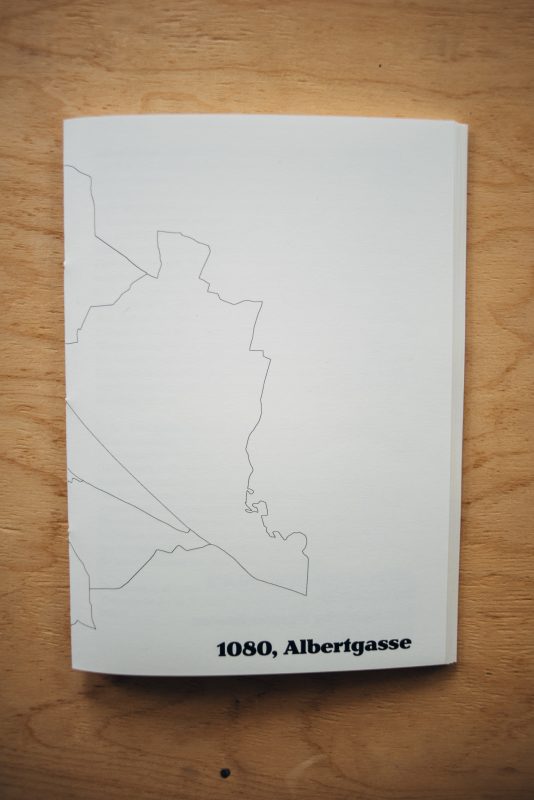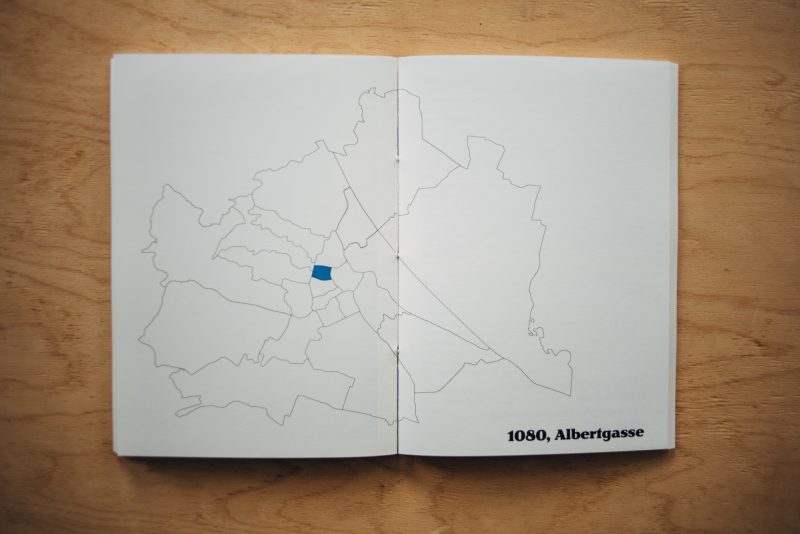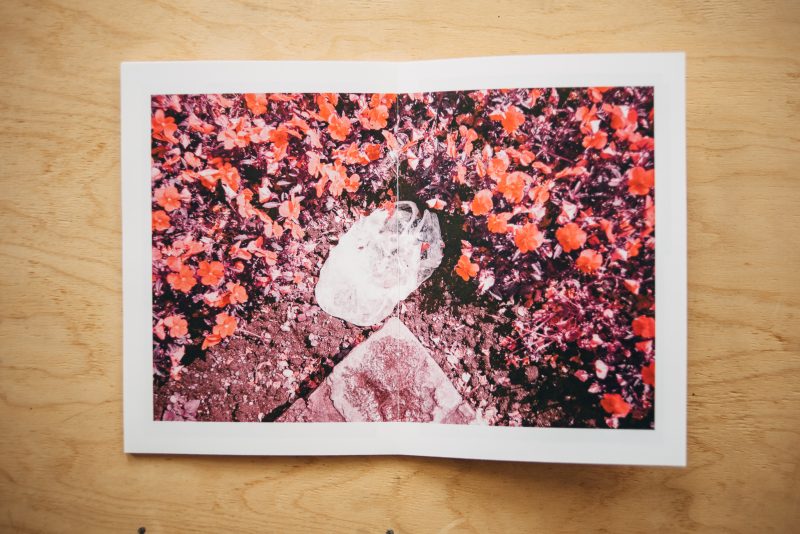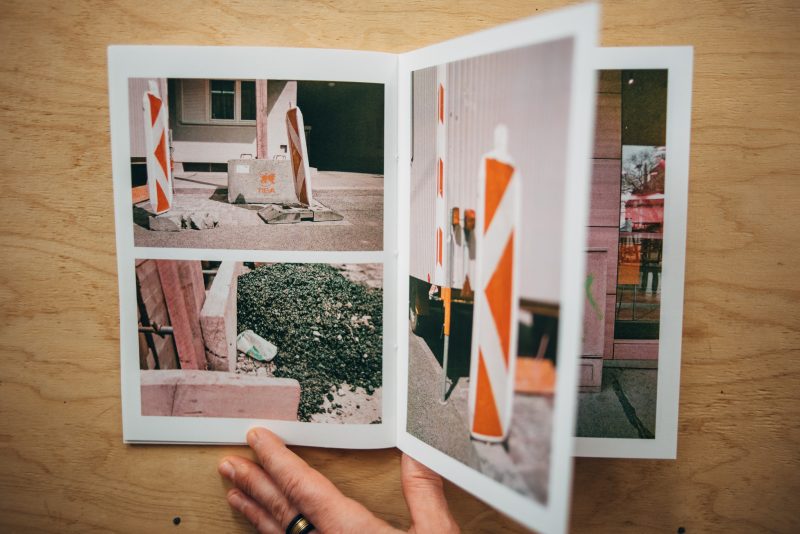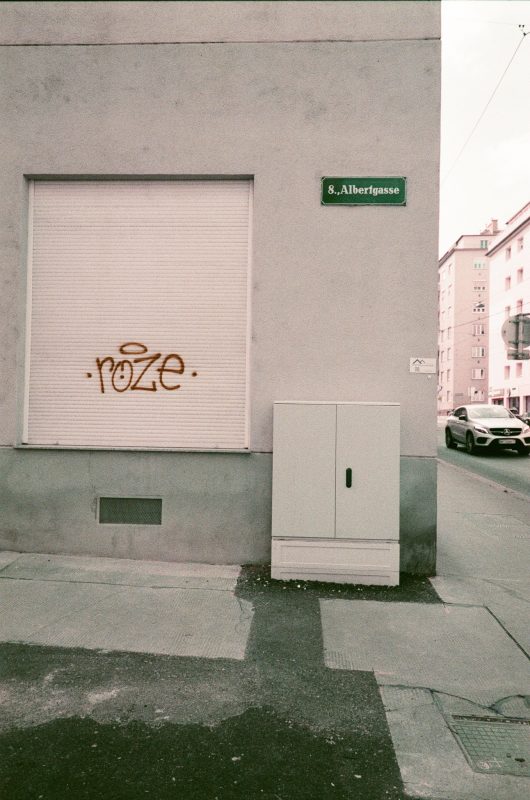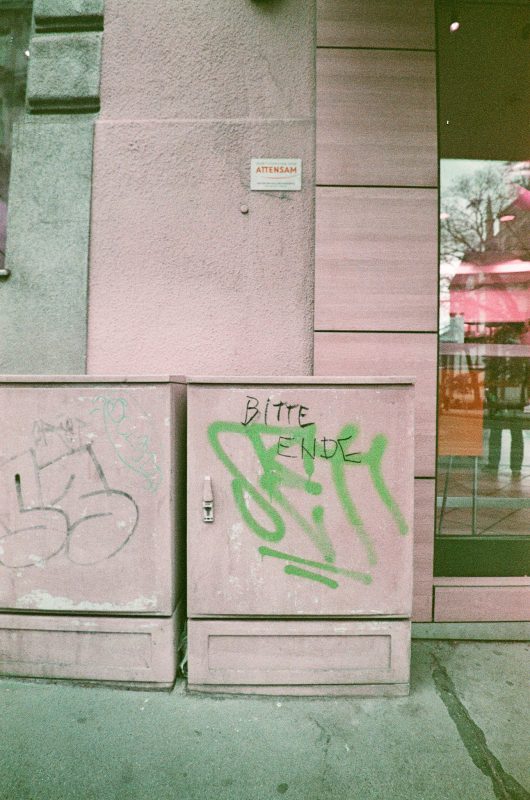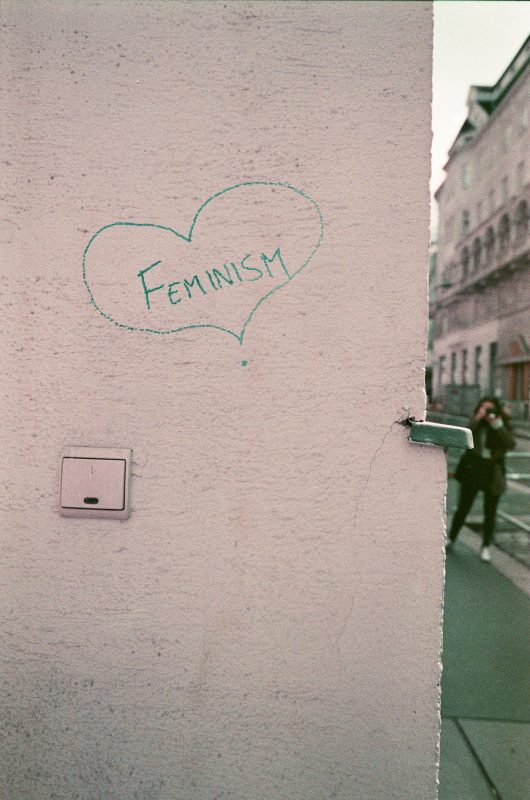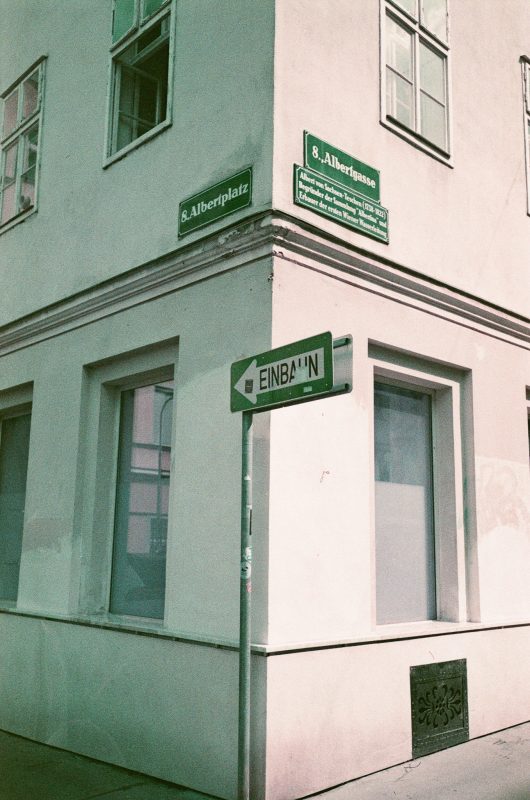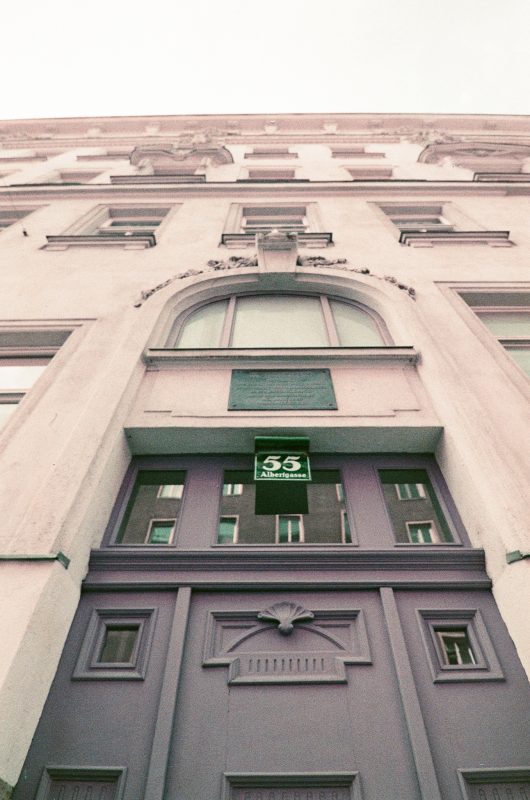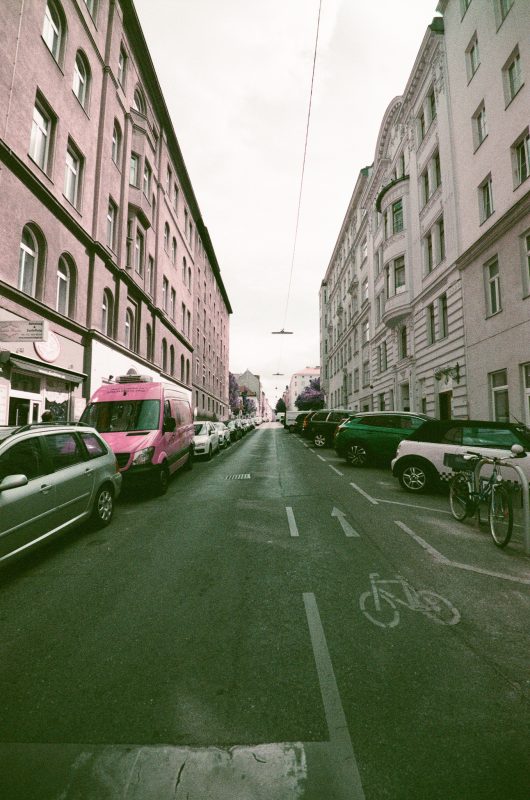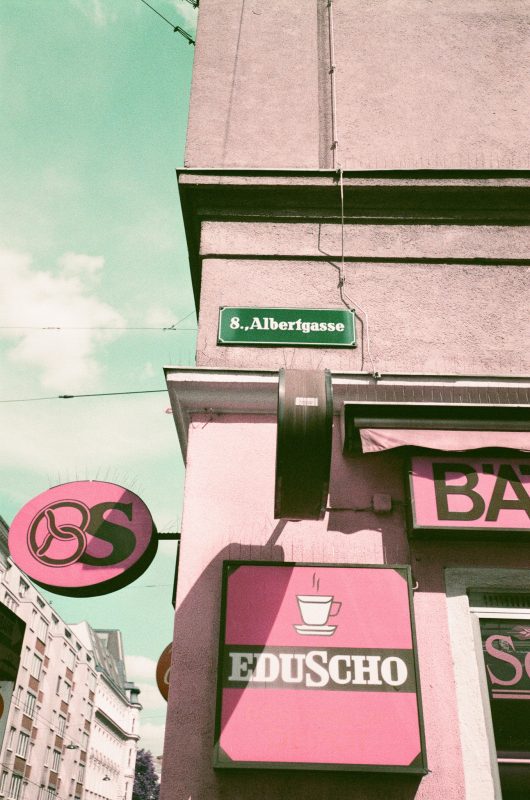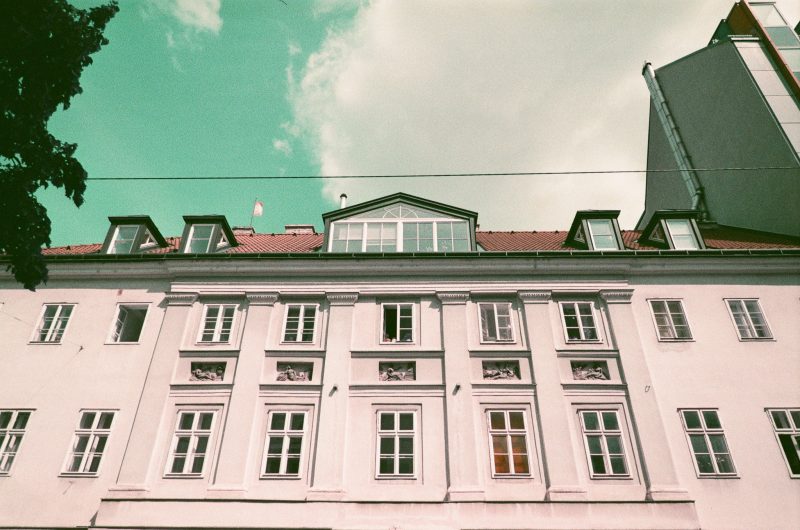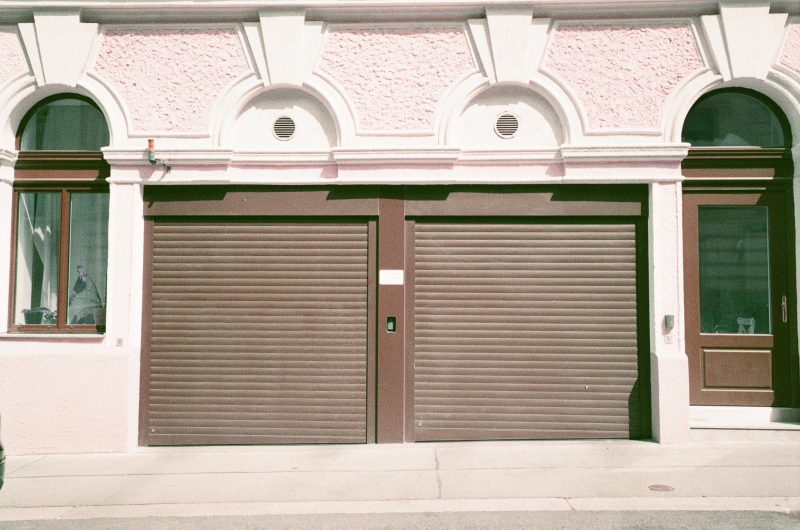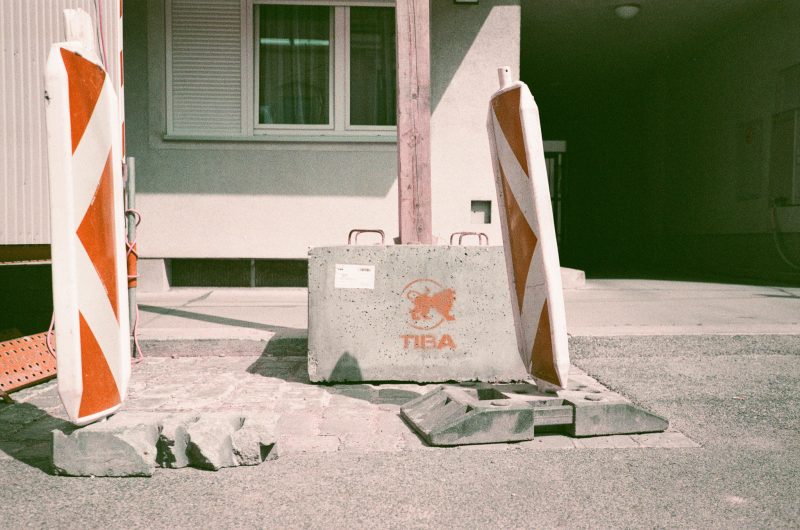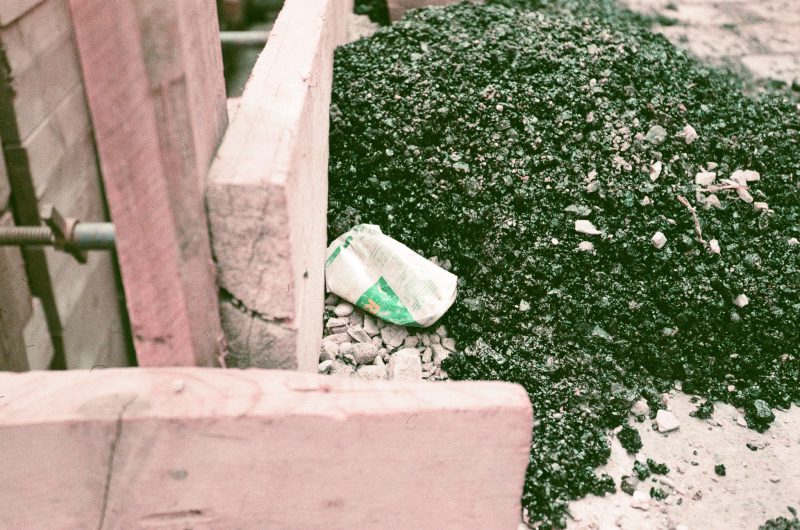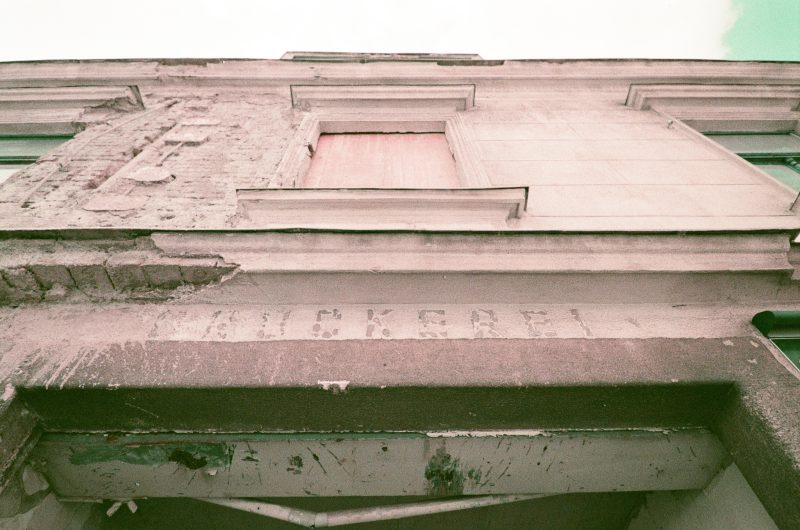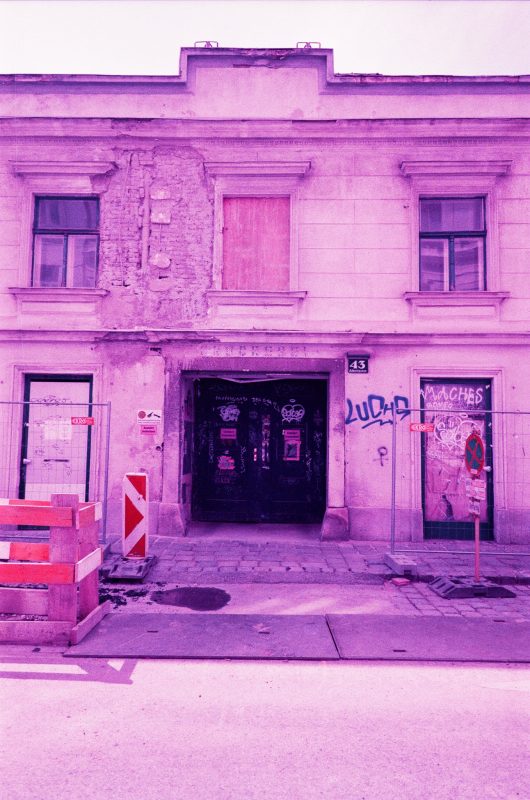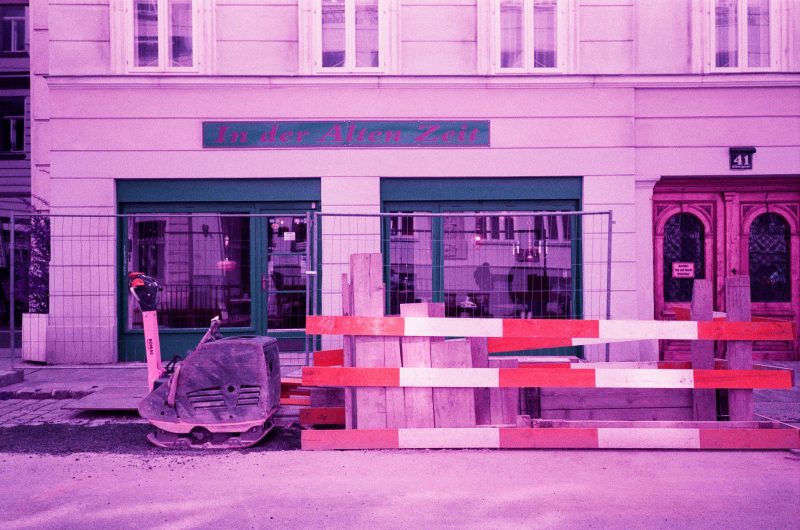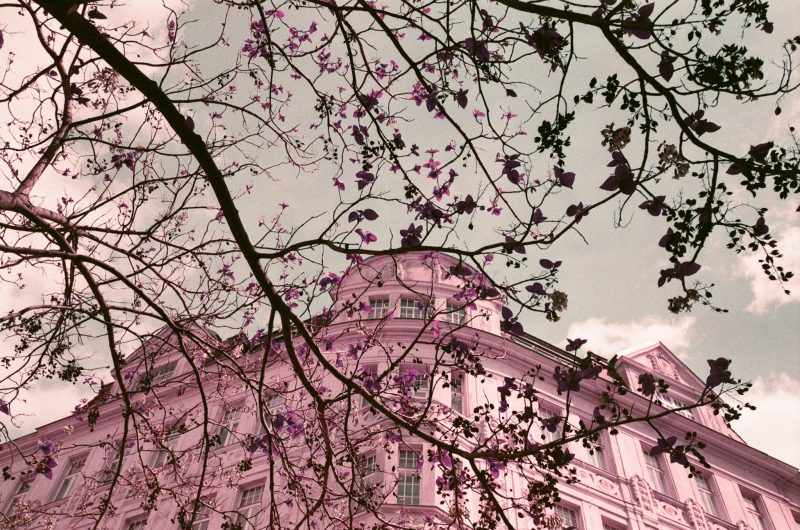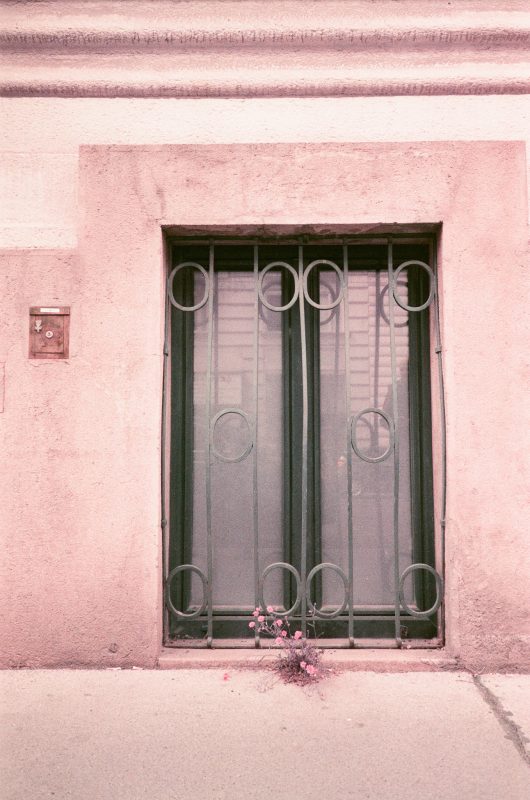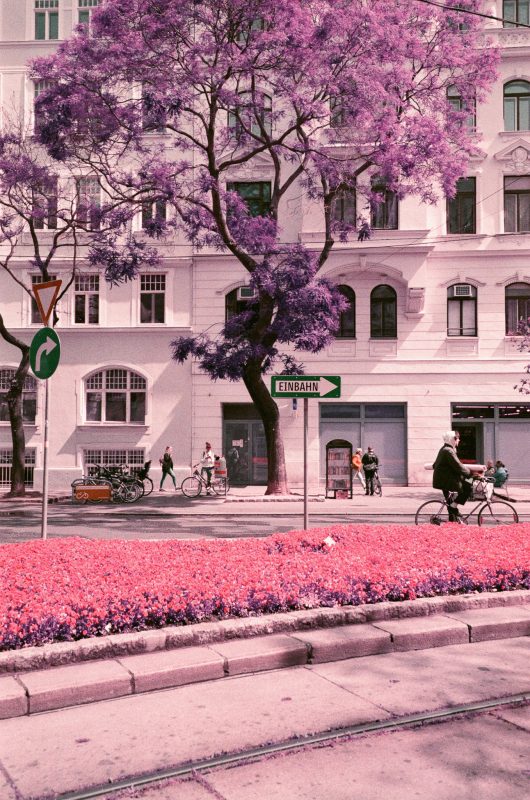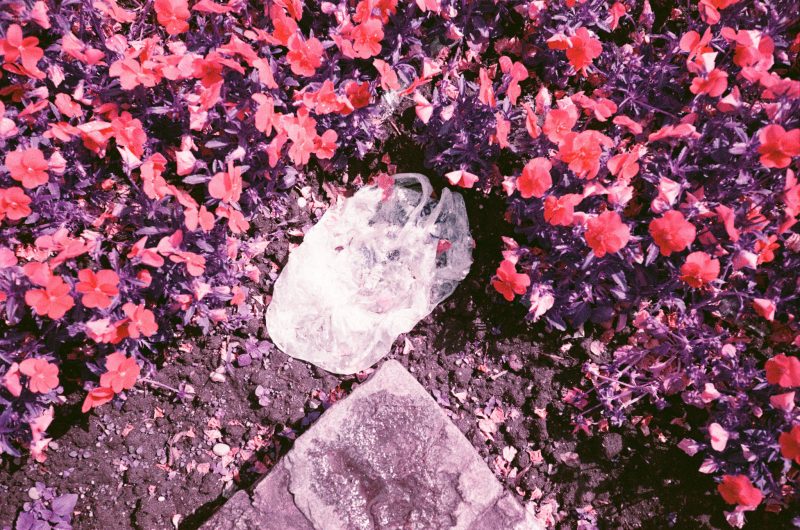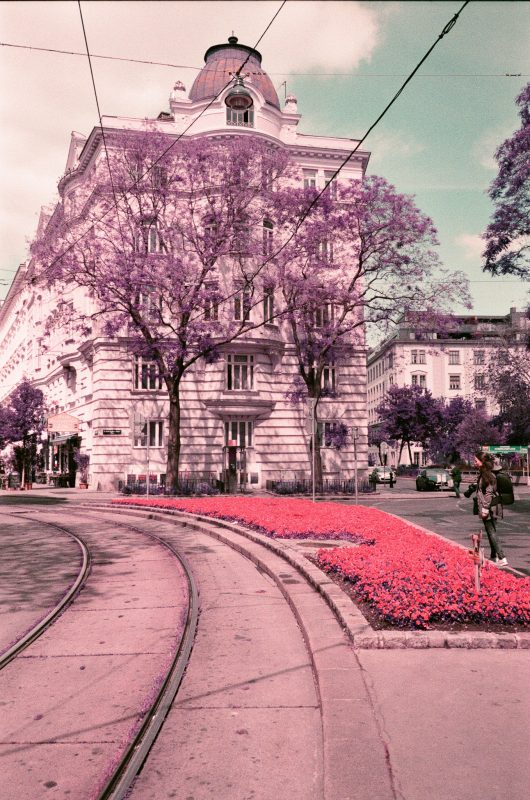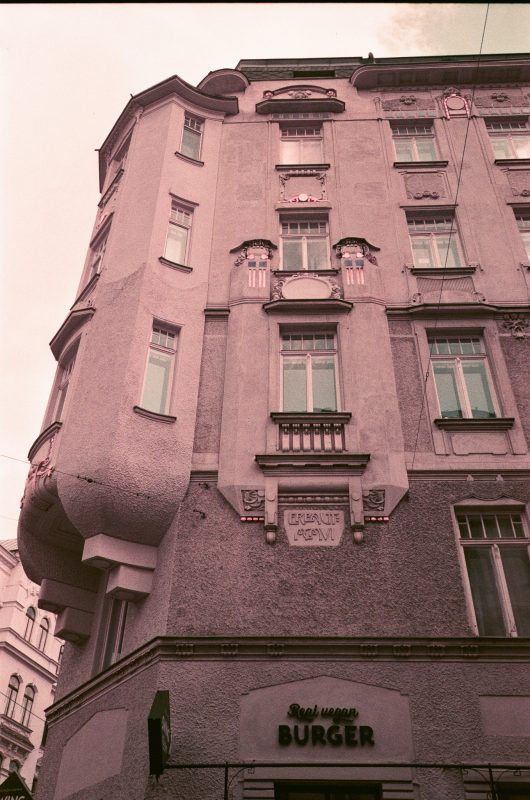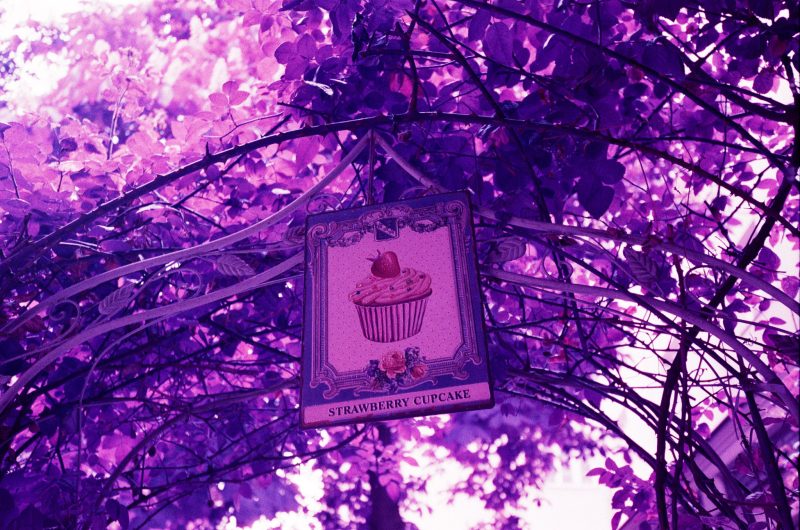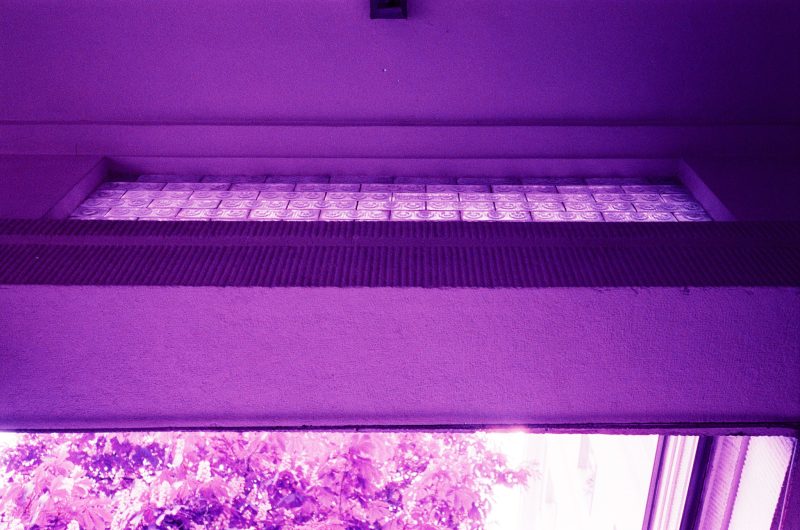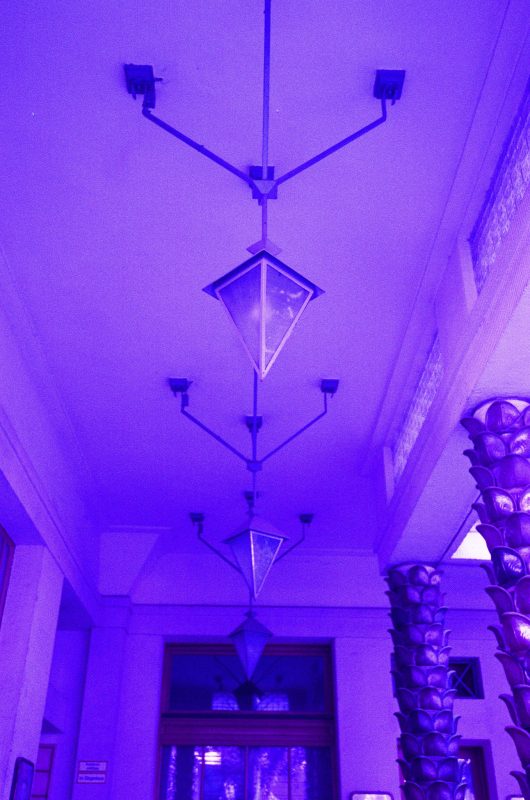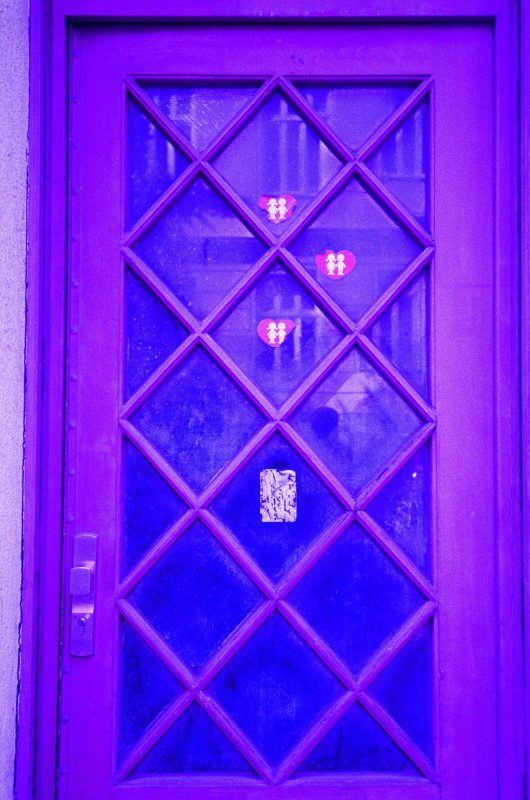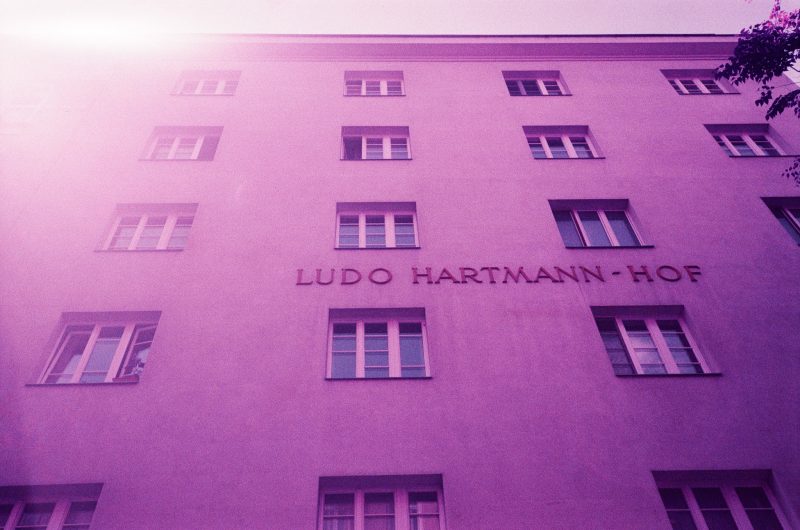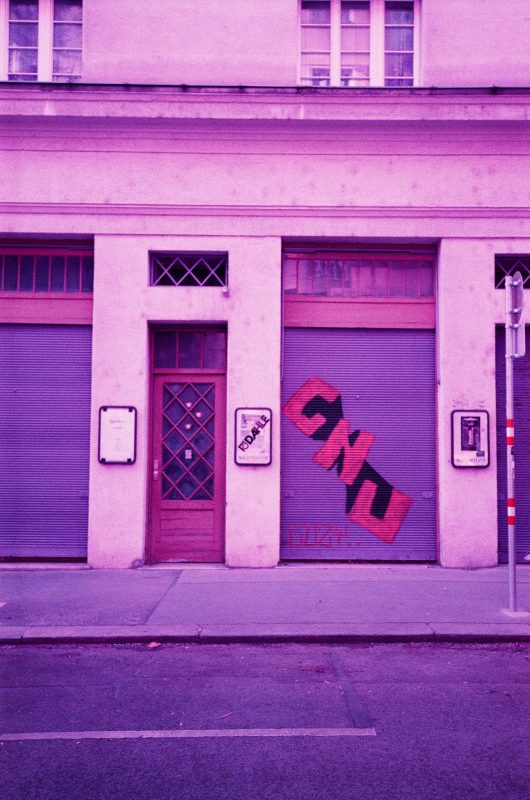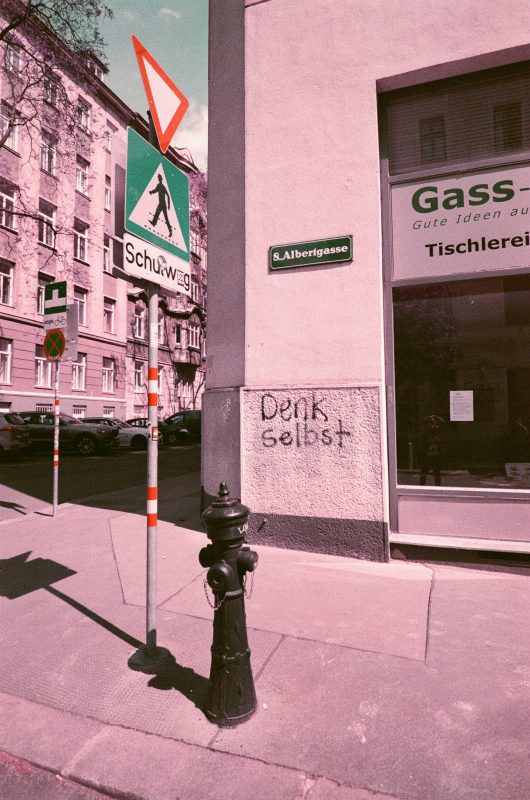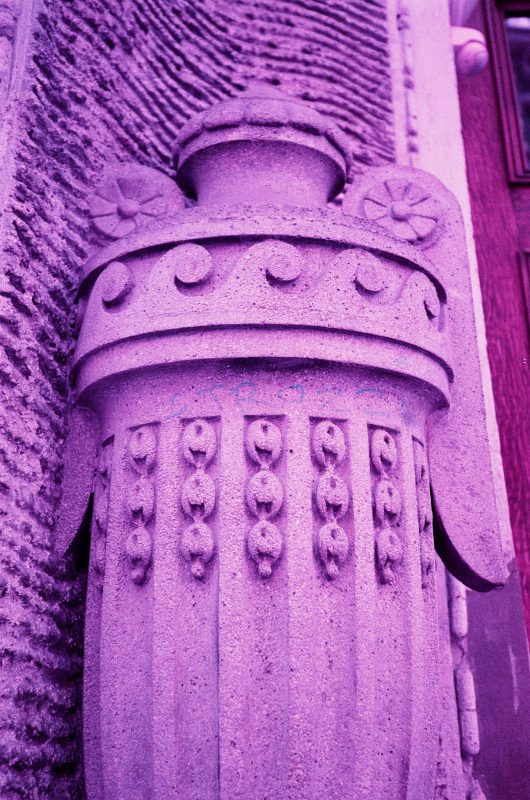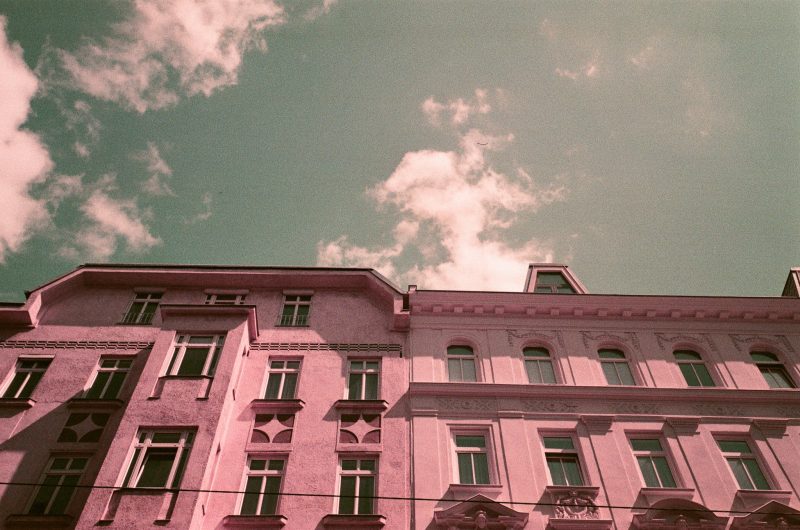Albertgasse
1080 Josefstadt
€ 26,00
Pages: 52 + cover
Edition: 10 + artists copy (first edition)
Date: 2020
Film: Lomography Lomochrome Purple
Camera: Nikon F100
Out of stock
Buy a print
Albertgasse, named in 1862 after Field Marshal Albert Kasimir von Sachsen-Teschen (1738–1822). Albert was an important art patron. He was the founder and is the namesake of the Albertina, the largest collection of graphics in the world. In April 1766 he married Archduchess Marie Christine, his second cousin and Maria Theresa’s favorite daughter, one of the few love marriages among Maria Theresa’s children and one of the happiest. The marriage remained childless. In 1767, Marie Christine had given birth to a girl on May 16, but the child did not survive the following day. After the difficult delivery, the mother developed puerperal fever.
Marie Christine died in 1798 at the age of 56 from a stomach disease. After the death of his wife, he had the first public water pipeline from Hütteldorf to Vienna built. The Albertine aqueduct named after him was completed in 1804 and operated until 1890; the water was channeled through Mariahilfer Straße to today’s municipal districts of Mariahilf, Neubau and Josefstadt. Albert von Sachsen-Teschen then devoted himself exclusively to his art collection.
In Albertgasse there is, among other things, the municipal residential complex Ludo-Hartmann-Hof (8th, Albertgasse 13-17) with 74 apartments. Erected in 1924/1925 by Cesar Poppovits, named (1925) after Ludo Moritz Hartmann (popular educator, historian, social democratic politician). What is remarkable is the courtyard-like setback, which is lined with a pillar corridor. Its columns are covered with palm-like ceramic motifs. Eight shops were set up below the arcades. In addition, there was a painter’s studio and – unusually for the housing program of the “Red Vienna” – larger apartments for higher officials of the city of Vienna in the building.
Before that, the street was called Breite Gasse and around 1840 An der Alserbreite. In 1945 the part located in the 9th district was separated as Hebragasse.

